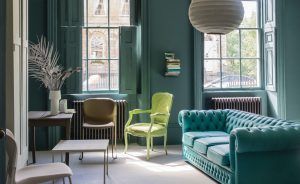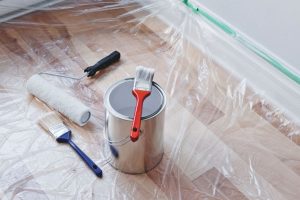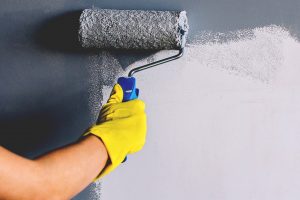Preparing a Room for Decoration
Lets Get Started
Start with moving all the furniture into the middle of the room. Remove curtains, curtain poles pictures etc, place on the furniture and cover over with a dust sheet. Remove all door and window furniture.
Masking
Mask off any tricky areas to paint around. It takes a little time to do this properly but makes the painting so much quicker and gives much better results. Loosen sockets and switches and mask around. Mask along the top of the skirting and on the carpet try to press the masking tape right down between the carpet and skirting. If you feel you need to mask around walls if using different colours, that's fine but make sure you use a low tack masking tape otherwise you may well pull off newly painted areas when you remove it. Always remove tape as soon as your final coat is dry, and generally, you will get straighter lines with wider tape.
Filling
I would normally use up to 5 types of filler depending on what the job is. For cracks between edges like between walls and ceiling walls and skirting etc. I would use decorators caulk with a sealant gun. This has flexibility in it so will help prevent future cracking. Run the filler along the joint, press in with your finger and wipe off the excess with a damp sponge. For small holes, cracks and scaring on walls and ceilings I would use a powder filler such as Easyfill or Toupret. They are easy to apply with a flexible filling knife or caulker and are incredibly easy to sand back afterwards. For large holes, say the size of a tennis ball or bigger use bonding plaster first. For filling small holes in wood, you can use a light-weight filler such as One Strike but for bigger problem areas use a two-pack wood filler, Ronseal or Décorfill which will give a much tougher finish.









